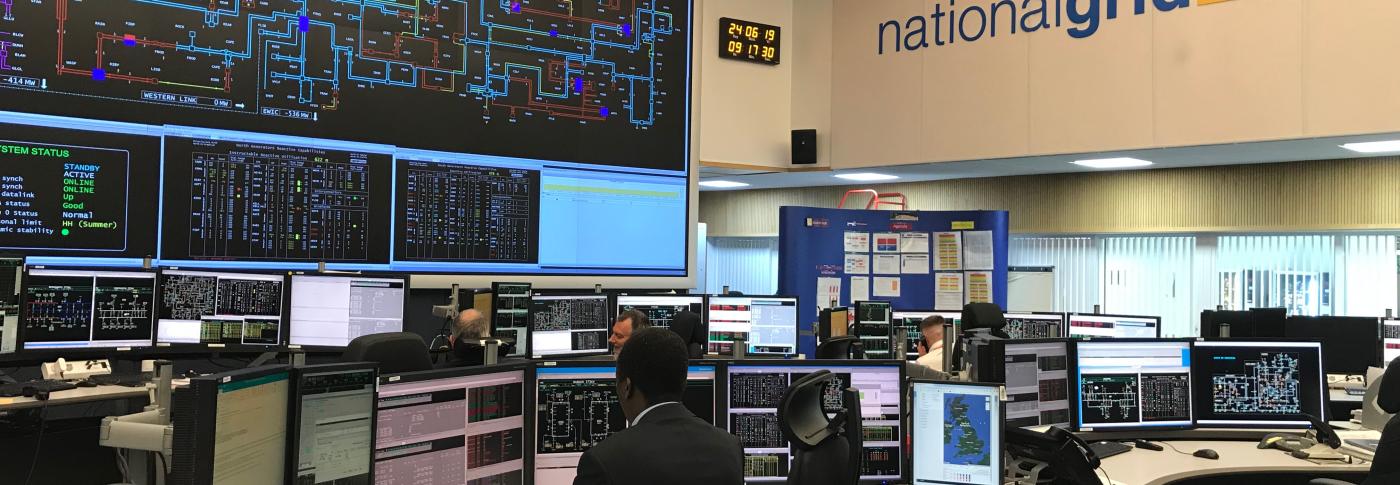
How do we forecast energy usage when the clocks change?
26 Mar 2021 - 3 minute read
In this blog Oliwia Milek, whose team is responsible for energy forecasting, explains how great planning is the key.
How do you forecast for the clocks changing?
We go through the same process twice every year, once when the clocks go forwards in Spring and once in Autumn when they go back.
In forecasting, we use mathematical models. We split the year into two: Winter when we are using GMT and Summer when the clocks are in BST. The forecasting models use the most recent information to capture economic, behavioural and technological changes.
We look at data from previous years to give us an idea of demand on clock change days and refine outputs from our mathematical forecasting model. The day when the clocks change is one of the hardest days to forecast in the year because on the first day the mathematical model doesn’t have any relevant history to be able to judge the demand level. It’s only after a few days that the model learns what that level is. For those critical days it’s all down to the skill and judgment of the forecaster on duty.
In Spring, we have the additional complication of the Easter holiday. This year Easter falls very close, with just a week between the change in the clocks and the Easter weekend and this could affect demand. So we refer to previous years where the Easter dates have been similarly placed in relation to the Spring clock changes so that we can see how demand was impacted.
How do clock changes actually impact the way we use electricity?
On the day the clocks change, we usually see a slower increase up to peak morning demand, because not everyone changes their clocks immediately – it's not a weekday, so people don’t need to be up early. This can lead to morning activity being spread over a longer time period. After this, demand usually settles back to normal.
Some changes in demand are affected by the clock itself, whereas other demand changes are created by the change in daylight. For example, people will turn their lights on in the evening when it gets dark, without much consideration for a set time, whereas their morning alarm will be dictated by the clocks. The clocks can lead to some really abrupt changes in demand around certain human behaviours, like the time people leave for work, or when they put the oven on for dinner, which is why it is one of the most challenging times of year for our forecasters.
How has the pandemic changed the way you can forecast for the clocks changing?
Last year the clocks changed shortly after the national lockdown was introduced, so we didn’t really have a previous similar time period that we could look at to help us forecast. This means we can’t really use last year’s data to help us with forecasting this year, as we are now coming out of lockdown so energy demands are very different to this time last year.
Oliwia and her team’s work predicting how our electricity demand will change is vital in helping us balance the grid. Find out more about Oliwia’s role in this short film.
